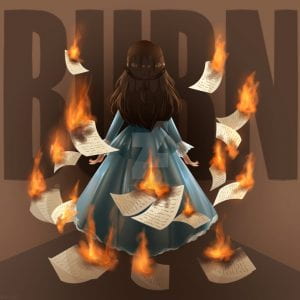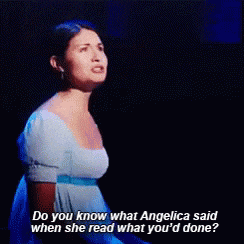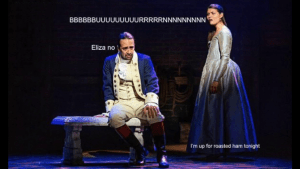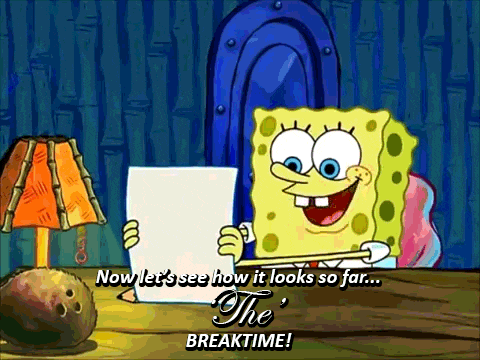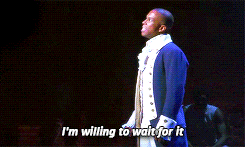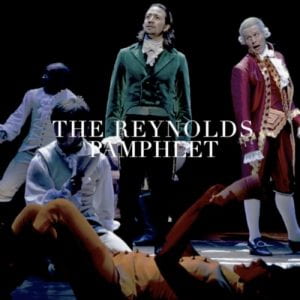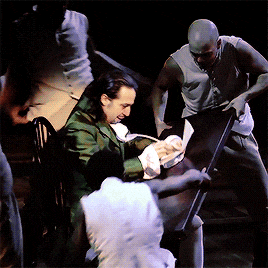By: Arfa Ul-Haque
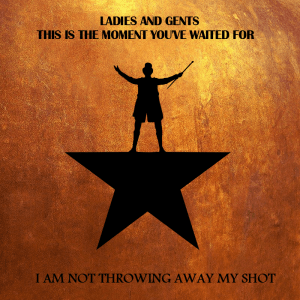
For my Remix and Adaptation Project, I made a painting paralleling the musicals Hamilton and The Greatest Showman. When I began this project, I hoped to make its purpose clear to everyone, even those unfamiliar with the musicals. But as I worked on the project, I realized that it would be difficult for everyone to understand the symbolism and themes of the musicals. Consequently, my intended audience changed as I became closer to finishing the project.
I came across a few challenges while working on this project. I was conflicted on making decisions for a few parts on the project and asked my peer reviewer about his opinion, so that I could more clearly convey the similarities between the two musicals. My peer reviewer provided me with great feedback but did not respond to my questions, so I chose what I believed was best.
Another challenge I faced was that I drew my sketch on a rough sheet of paper, before deciding to create the final project on a vinyl record. I chose to make my final painting on a vinyl since both Hamilton and The Greatest Showman are musicals and vinyl records store music. In choosing to paint my project on a different sheet than my draft, I had to redraw my sketch onto the vinyl and then paint over it. Therefore, I indirectly made the project take much longer than I anticipated.
I appreciated the feedback my peer reviewer gave me and took it into consideration when creating my final piece. My peer reviewer suggested adding more detail to my final project by having an object on The Greatest Showman side to reflect the gun on the Hamilton side. Initially, I had the gun on the Hamilton side to represent one of the main songs, “My Shot”, and was planning to the reflect it on The Greatest Showman side by drawing clouds to represent one of the main songs, “A Million Dreams”. However, after the workshop, I realized that the connection would be hard to see by the audience and it would make more sense for me to compliment the gun with a baton on The Greatest Showman side, as P. T. Barnum (the protagonist of The Greatest Showman) was a ringmaster. I also painted both halves of the vinyl different colors in order to highlight the differences between the musicals, as suggested by my peer reviewer.
The only piece of feedback that I did not agree with was adding more characters from each musical to my painting. In my opinion, adding more characters would take away from the main focus of the painting and from the main characters. I want to draw attention to the protagonists, their wives, and their lovers when people see the painting rather than introducing other characters in order to highlight those relationships.
Overall, I enjoyed working on this project and analyzing two of my favorite musicals. It made me feel more confident in my artistic skills and allowed me to be creative.

